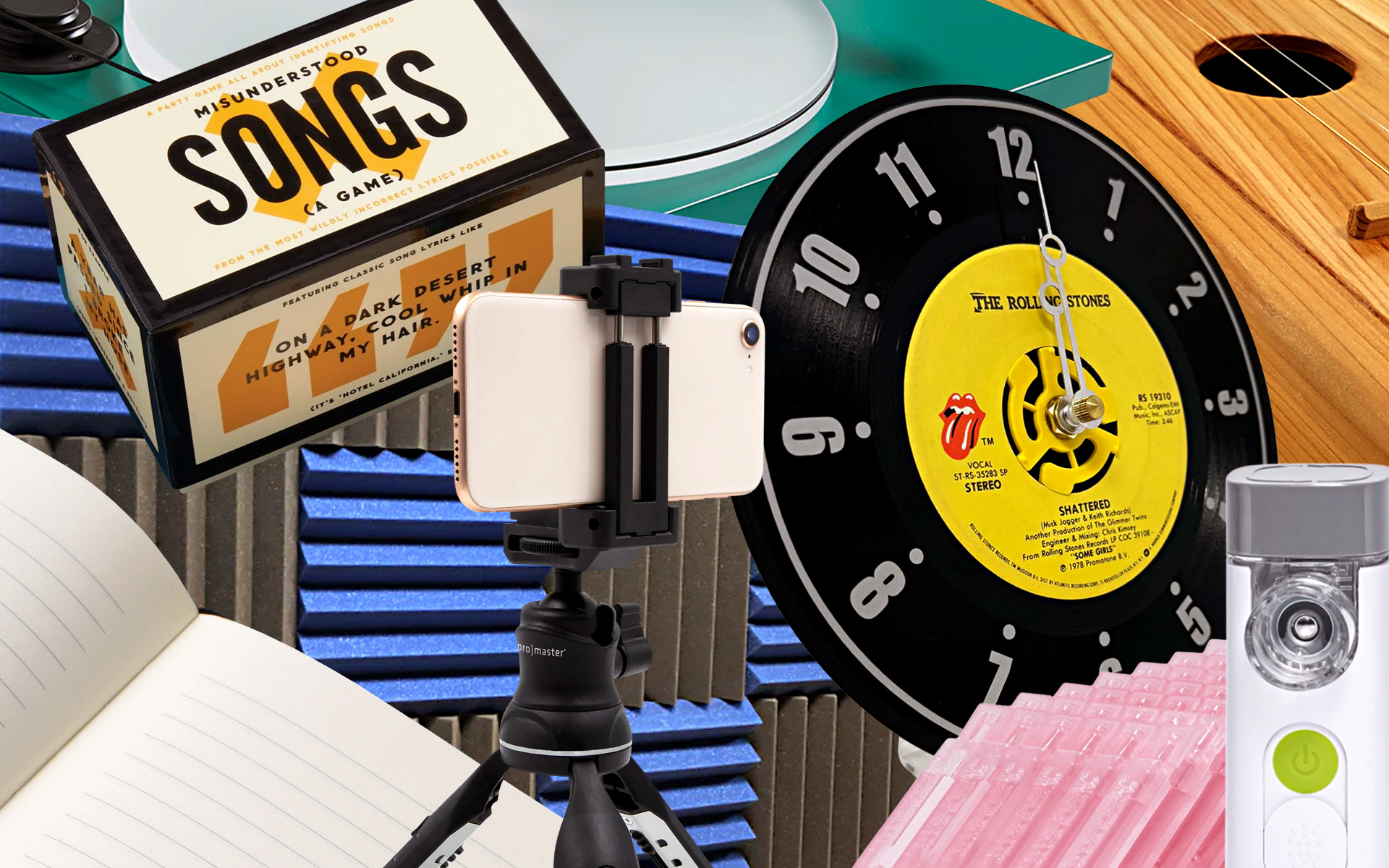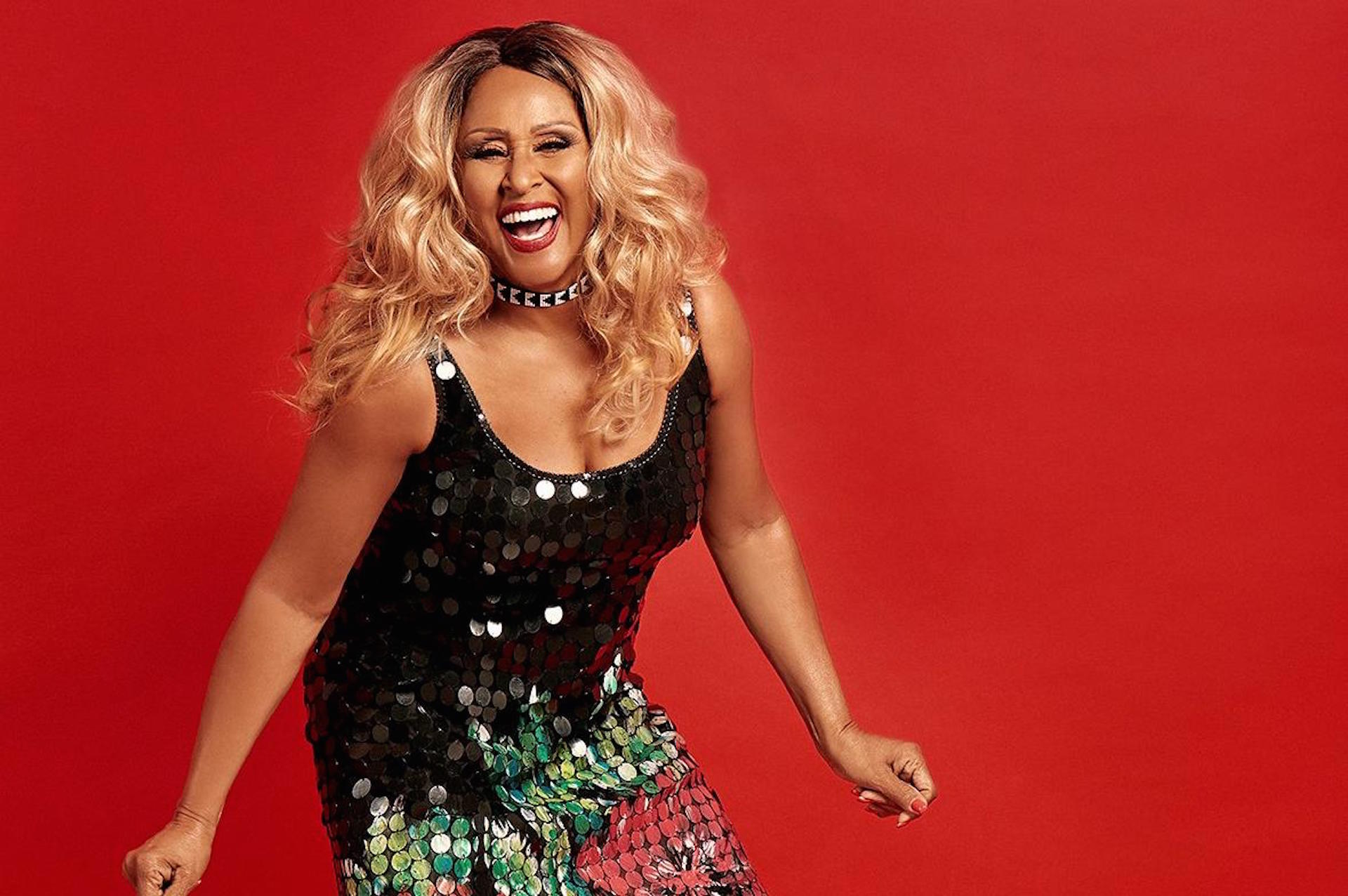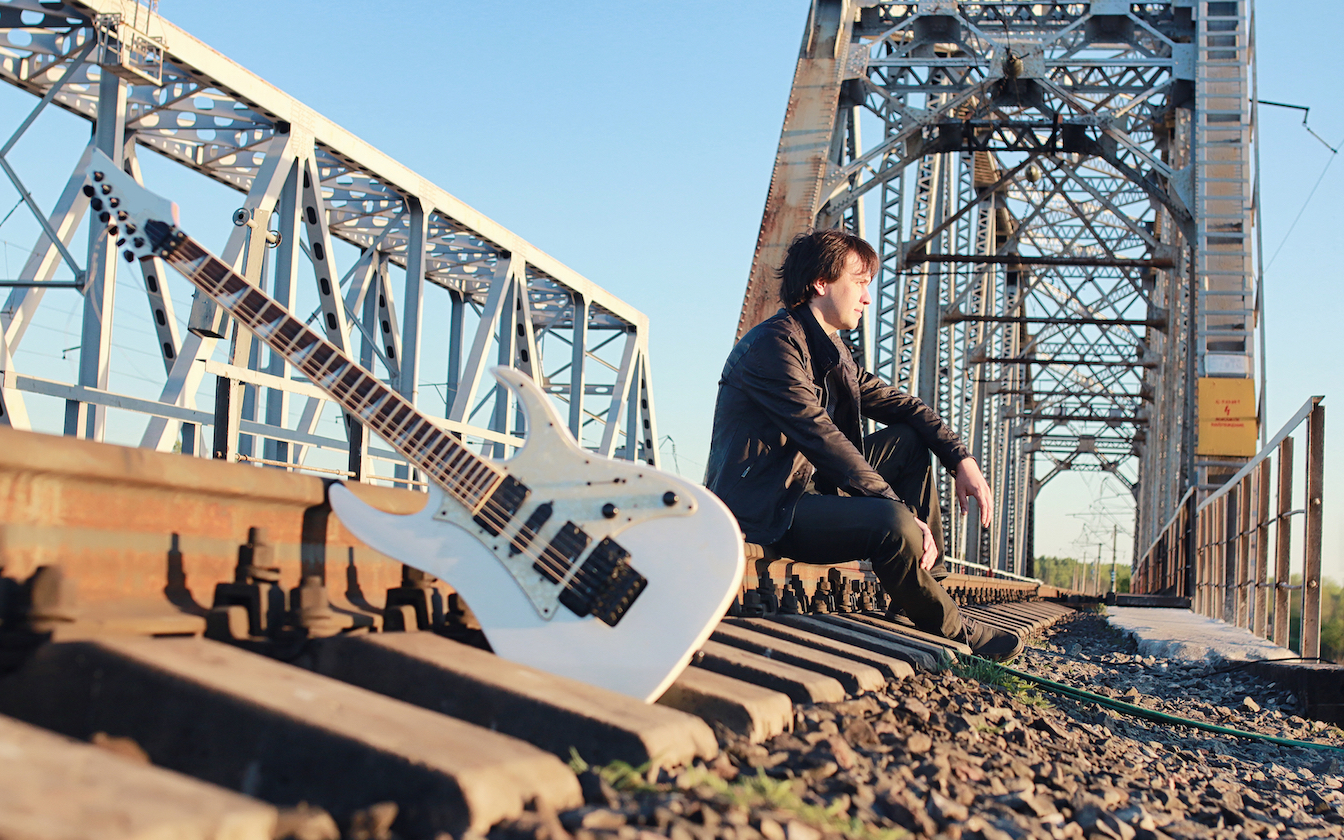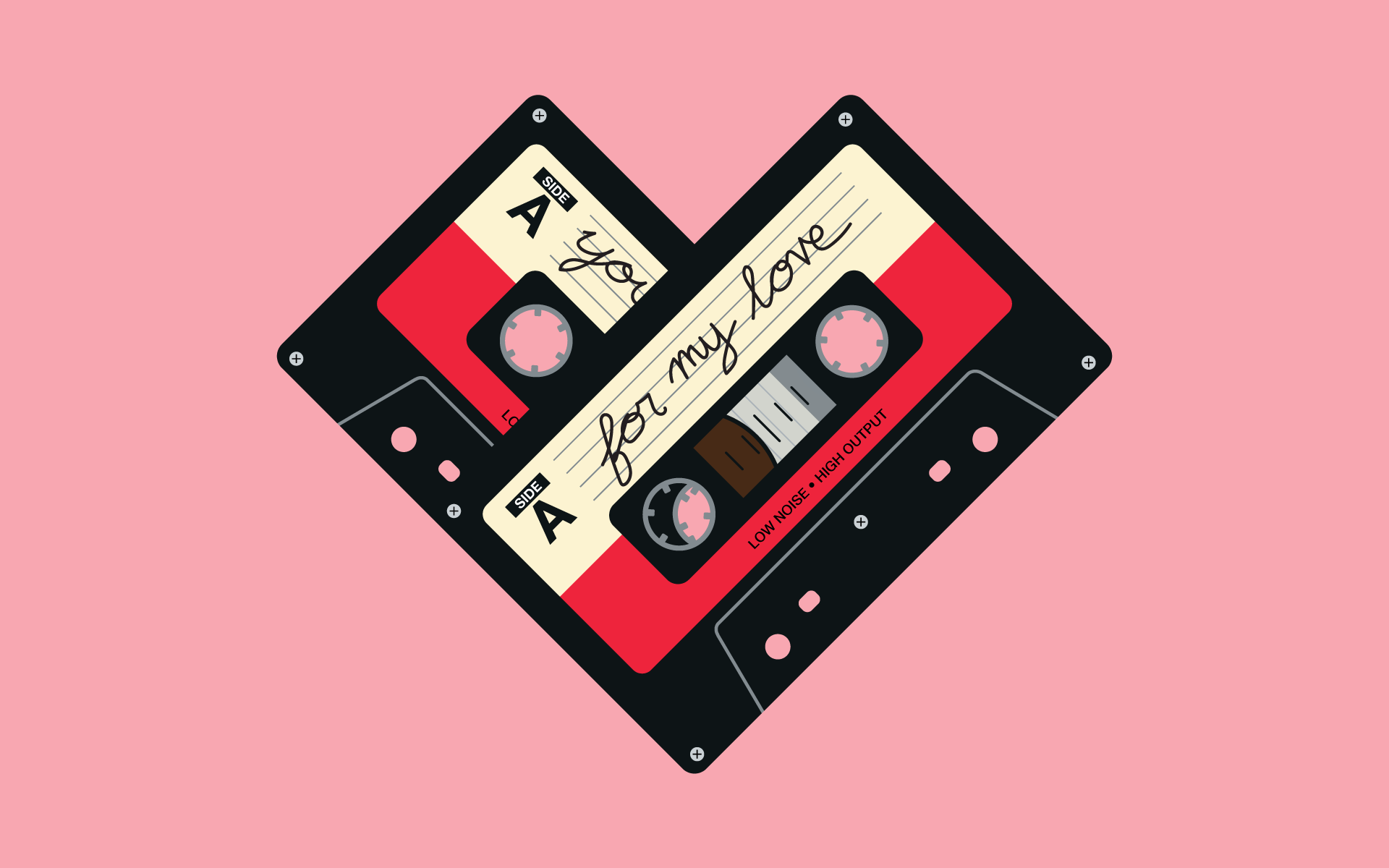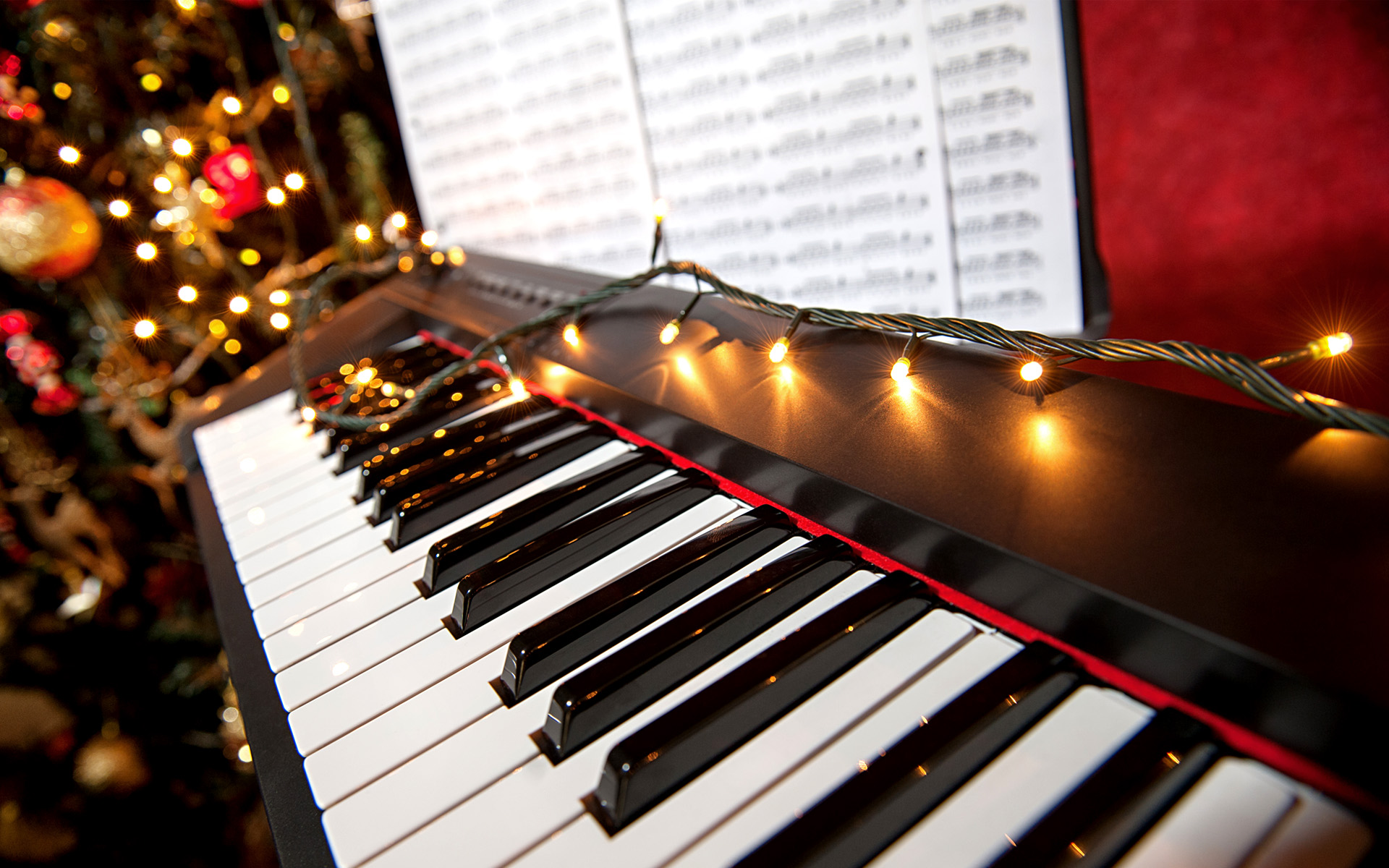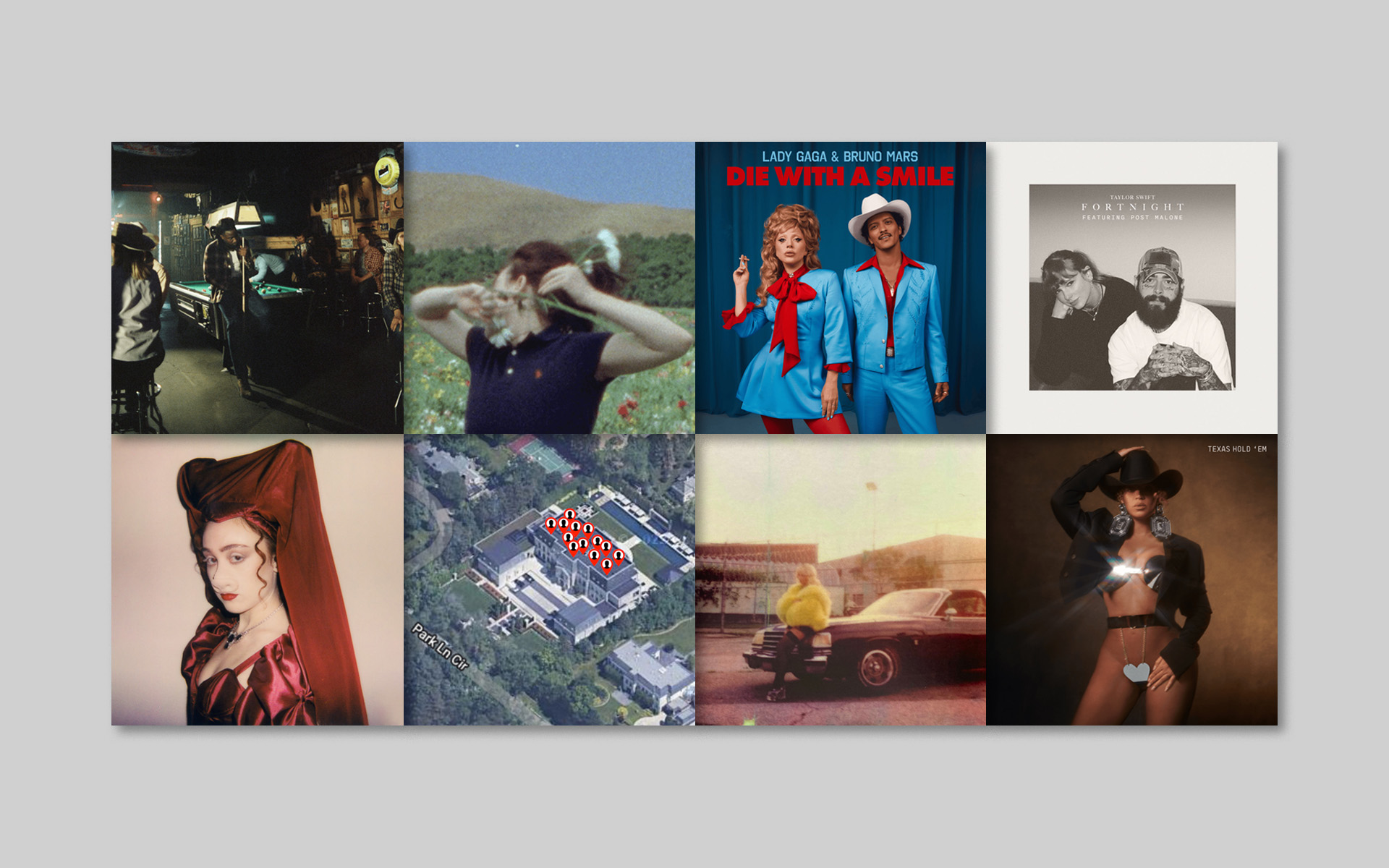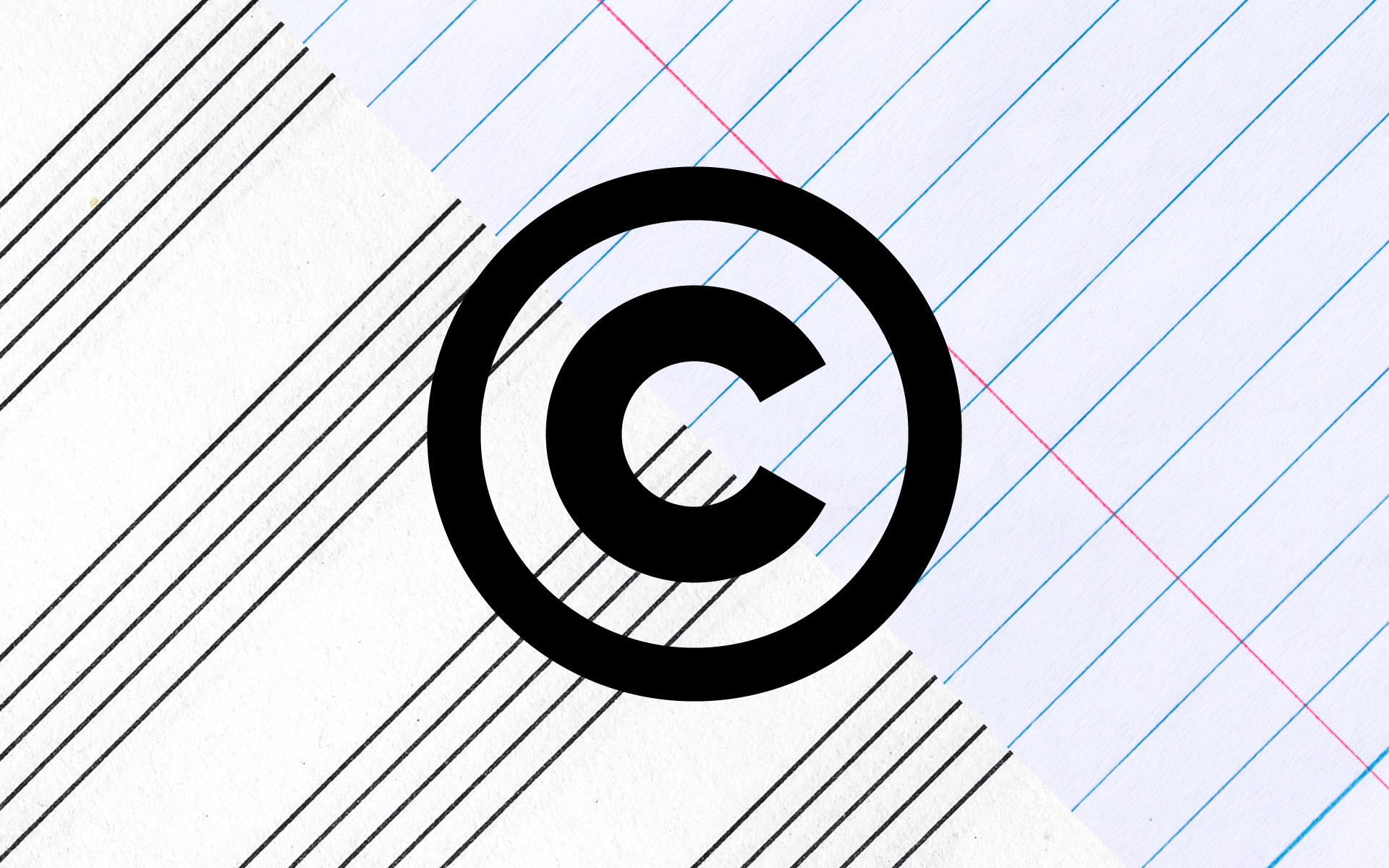Learn How to Use Contrast, Character, and Clarity to Strengthen Your Song’s Bridge
If you ever catch me gazing out a café window, it’s possible I’m longing for the ’80s when guitar solos reigned supreme, saving myself the anxiety of writing a bridge for my song. But like leg warmers and huge earrings, instrumental bridges are sometimes better left to yearbooks and awkward junior proms.
What Is a Bridge in a Song?
A bridge is the section in a song that typically comes after the second chorus. Popular song structure takes us through the following:
Verse 1
Verse 2 (optional)
Pre-chorus (optional)
Chorus Verse 3
Pre-chorus (optional)
Chorus
Bridge
Chorus
The problem with bridges is we’re often more clear about what we don’t want them to be than what we do. We end up piecing together a rag doll of a section and apologizing for it before we perform.
Over the years I’ve learned to embrace the bridge and the demands it makes on the writer. When I know my options, I can use the bridge to create contrast, take the listener to a new place lyrically and musically, and rejuvenate their interest in the song. I’ve found just a few things helpful when considering what my bridge can do. But keep in mind: all these things depend on knowing where I’ve been in the song to determine where I should go to contrast.
Musical Contrast
Bridges offer the listener musical contrast. If I can’t summarize what my music has been doing thus far in the song, I can’t control the contrast my bridge will produce. To start, I look at overall dynamic. If my second chorus was already a dynamic high point in the song, the bridge can either extend that high point or exceed it. Alternatively, I could contrast by lowering the intensity of the song for a refreshing sound. To exceed the high point of the chorus I’ll need to do much more than just pump up the volume. I’ll make decisions that produce more energy.
That means I might start on a new chord, or perhaps borrow a chord from another key (think b3 major, b7 major, or 2 major) for impact. I might change chords more frequently for more motion. I might raise the pitches, use wider intervals, or shorter note lengths in the melody to make it more dynamic. I could also get more energy by anticipating the downbeats. But if I want to lower the intensity of the bridge, I could decrease the dynamic by changing chords less frequently, or even stay on a single chord for a long period of time. I might bring the lead vocal melody way down in pitch, or involve lots of rest space. Whatever I choose to do, the result should be that it contrasts in dynamic from where I’ve been.
LEARN SONGWRITING ONLINE WITH BERKLEE!
Lyrical Contrast
We often feel a bridge lyric needs to “say something different” to find purpose in the song. To define what “different” sounds like, I try asking myself a few questions:
- “What is the moral of the story I’m telling?”
- “What will I (or my main character) do now that I know what I know?”
These questions cut to the heart of the message.
Another helpful idea is to consider the future of your character/singer. If the verses and chorus tell about how things are or have been, the bridge considers how things will be from now on. Try starting the bridge lyric with phrases that encourage futuristic thinking:
- “Someday …”
- “Maybe when …”
- “After a while …”
Highlight a Challenge
Finally, bridges provide a final look at the challenge the singer/main character is facing or the transformation the singer/main character is undergoing. This challenge doesn’t need to be overcome, but we often see the thought process clearly. Try using these prompts for ideas:
- “Even though … I know that …”
- “I could … but I won’t …”
- “I used to be … now I’m finally …”
Attempting to write a bridge can bring us face to face with other problems in the song. Sometimes a bridge won’t come together because our song idea, either musically or lyrically, isn’t concise enough. It’s hard to contrast when the target idea is unclear or feels as if it’s constantly moving. When this happens, try identifying the lyric ideas in the verse that point directly to the main message in the chorus. Cut outlying ideas until you’ve got clarity.
When the problem is musical, check to make sure the verse and chorus carry a strong and repetitive musical motif and groove and chord progression. Too many different musical ideas results in no particular idea being memorable. In other words, it’s hard to contrast with a musical piece whose parts already contrast.
Sometimes our best bridge is a repeat of a partial chorus or pre-chorus. Simple and familiar can be a strong element so late in a song.
Bridges are challenging for the best of us. Remember: most of our favorite songs were created over time, and by two or more brains combing through their best and worst ideas. Don’t be afraid to take your unfinished songs to your best listeners or collaborators for direction and inspiration.
TAKE A SONGWRITING COURSE WITH ANDREA STOLPE



